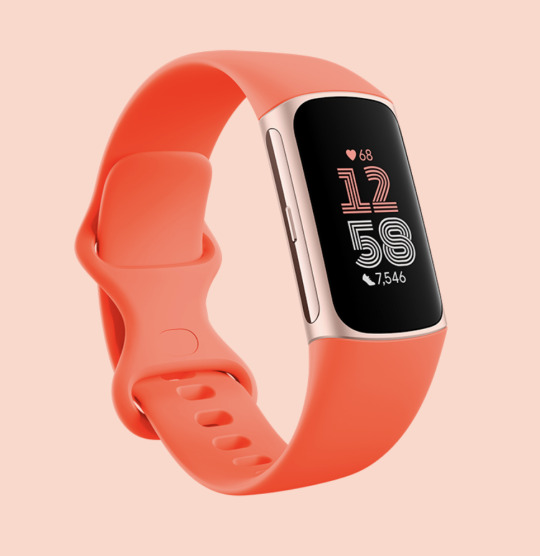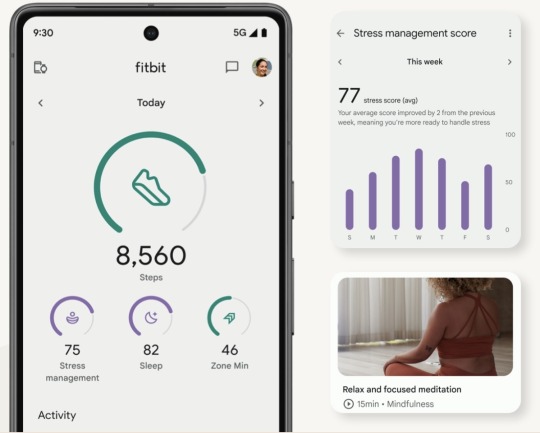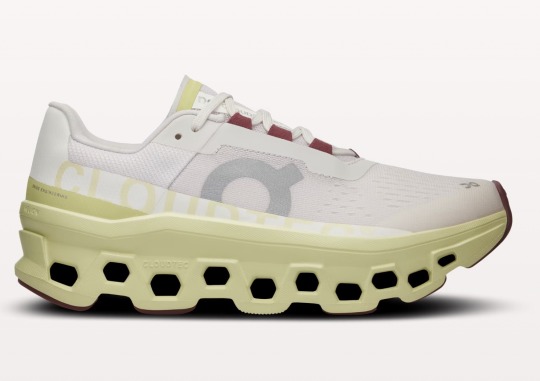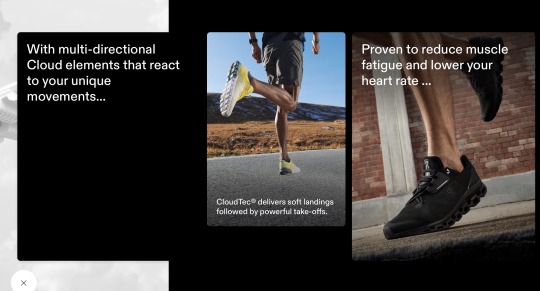Text
Visual Diary 13: #2
The topic of AI has been all over social media lately. I see it and read about it on LinkedIn, Facebook, Instagram, etc. It’s an interesting topic of conversation and hearing the different opinions people have about it, and I never really thought about it in the same discussion as design leadership, but with this class and the discussions we have, it's interesting to think about how we could use AI in the design leadership world. To give background, AI stands for Artificial Intelligence. It’s a program that uses a set of rules or instructions to compute out basically almost anything you want. This could be images, questions, formulas, etc. I got to thinking if AI could be used to answer questions and challenges faced in the design world without feeling like we are stepping over any boundaries or “taking the easy route”. I thought about our previous discussions on abstract and tangible tools to solve issues and how and if AI could be used in the same way. I think personally I've enjoyed using AI programs for fun, but don't really know my stance on if I would use it professionally. Many companies are using it. So there’s the question of is there a design leadership responsibility that designers should think about when using AI?

0 notes
Text
Visual Diary 13: Open Topic #1
A few months ago I read an opinion piece written for The New York Times by Davis Brooks titled “How to Save a Sad, Lonely, Angry and Mean Society”. While reading it, though he covers the discussion of artwork in museums and books, I got to thinking about design leadership as a whole. In the piece Brooks’ states “we have become so sad, lonely, angry and mean as a society in part because so many people have not been taught or don’t bother practicing to enter sympathetically into the minds of their fellow human beings”. Reading on we read his belief that a viewer can improve their judgment and taste by emerging themselves into the “greatest art, philosophy, literature and history” and that culture and the liberal arts can help one experience the world in which another lived; what they felt and how they suffered. In connection with Design Leadership I think that by having this same approach as Brooks or at least agreeing with some of his points, we can all work on creating and leading the design world to becoming more empathic. We as artists can communicate so much through our work, which I think is important. We can enhance our lives by understanding the complexity of people.

0 notes
Text
Visual Diary 12: Responsibility Practitioners #2
Patagonia is a company that has been around since 1973 and focuses heavily on the environmental impact of their work, stating “we aim to use the resources we have- our voice, our business and our community- to do something about our climate crisis”. They use their brand and voice to create a rippling effect of working towards the health of our planet and people. Creating activism groups and foundations for funding, they are constantly working towards the good and it's inspiring. Having a brand that cares really deeply about something is something everyone wants to see. In the design world you want to create this changing image that creates impact.




0 notes
Text
Visual Diary 12: Responsibility Practitioners #1
One brand I instantly thought of that I believe is practicing responsibility in design leadership is Aerie. They’re a clothing brand that creates change beyond the clothes and profit. AerieREAL is the quote that they use across all platforms, showing the lives and differences among all people. They promote and enhance such a diverse group of people, and it's really inspiring to see. Aerie Real Foundation focuses on the health of people and the environment as well. There’s an influence there to do good, and be good. As a design leader you really want to not only focus on your own wellbeing, but especially those around you. The impact of that can be so great.




0 notes
Text
Visual Diary 7: Open Topic
For this entry I want to share and discuss an article that I found that ties in a lot of topics that we have covered in the course so far. At the beginning of the new year Zachary Petit published an article titled “5 design leaders on what they *really* wish they could redesign in 2024” which shares both big and small ideas. The idea Zachary had was to see what these designers would do if they had no budget, time, or practicality were no object. The designers include Abraham Burickson, Alex Center, Pum Lefebure, Debbie Millman, and Forest Young. Some of the redesigns were to physical products, such as Debbie Millman, host of Design Matters; chair, masters in branding, School of Visual Arts, who shared that on one end of the spectrum she would design an earbud that doesn’t leak any ounce of noise and on the harder end of the spectrum she would tackle the issue of the Broadway Theater seats. Bus shelter seating with full accessibility would be another issue she would tackle. Pum Lefebure, cofounder and chief creative officer, redesign choice ties in with my wicked design project in the sense of updating our education system. She wants to make “Personal Branding” a requisite in schools because she states that there is a disconnect to what is posted online and its real life impact on kids, others, and even their futures. Lefebure continues that she would use the design principles to help teach kids that being true to oneself is what “brand” means. There’s power with words and images. These designers all use tangible and abstract design tools to tackle issues that matter. They’re open to the world around them, they see issues and they think how can this be fixed? Who would it impact and why does it matter? From their answers I can tell that they were made for the design world and to lead.
https://www.fastcompany.com/91004674/5-design-leaders-on-what-they-really-wish-they-could-redesign-in-2024

[Source Images: art-l/iStock/Getty Images Plus, Wiki Commons, Bet_noire/iStock/Getty Images Plus, Jozsef Zoltan Varga/iStock/Getty Images Plus, Simfo/iStock/Getty Images]
1 note
·
View note
Text
Visual Diary 6: Tools in Action #2
Both Feedback & Continuous Improvement and a Questioning Mindset are two important abstract tools in design leadership, and some that I need to focus on and gain more skill in. Baggu was a company that came to mind when I thought of these tools. They have been around and creating reusable bags since 2007, which is a good 17 years so you know in that time they had to utilize many design tools. Sustainability has also been a focus of theirs, and they even mention on their website that as they’ve grown as a company they work towards addressing how to be more sustainable. Members from their Design, Production, Operations, Marketing and Brand departments meet to identify new ways and opportunities for growth and improvement within the company. Together they are asking questions that create a focus and inspire change, and in these meetings there has to be an openness to feedback and the want to constantly seek improvement.



2 notes
·
View notes
Text
Visual Diary 6: Tools in Action #1
One tangible leadership tool that I am interested in, and have always felt the most confident when executing it is sketching/drawing. I feel like in the design world it is one of the most important tools because it’s where everything kind of starts, and you can go back as many times as you need to fix or add things to whatever project you’re working on. It’s a great way to communicate without words in my opinion. Below are some old sketches of mine from some of my graphic design classes during undergrad. The project was to create a flag that represented me in different ways, and by doing the sketches and collages I was able to put all my ideas down visually which makes things a lot easier for me as the first step.


2 notes
·
View notes
Text
Visual Diary 4: Serving vs. Helping Designs
The first thing that came to mind when thinking about serving vs. helping designs was inclusive playgrounds. Inclusive play provides an equal opportunity for children with disabilities to play and explore, and fosters an environment where they can have independence and social inclusion. Play time is essential when it comes to children's development and growth, so it's important that we create and design a space that is both helping and serving the community.

2 notes
·
View notes
Text
Visual Diary 3: Human Centered Design
Octobuddy was created to be a hands free phone holder. It provides suction to the back of your phone so you can easily adhere it to any surface, and creates a secure way to capture video and photos. In today's world of social media, sharing videos and photos of our lives is an everyday thing for a lot of people and not everyone has someone around to help capture the moment, so I believe that this product is definitely a human centered design. The product is easily accessible, the instructions and design are very clear as well. I personally have one on the back of my phone, and taking photos or fun videos of my OOTDs have been easier.

1 note
·
View note
Text
Visual Diary 3: Human Centered Design
Fitbit is clear on letting the user know that their products are all about them. They state that their products are “designed to keep you close to your goals, boost motivation and show your progress on your health and fitness journey.” Keeping track of calories burned, and steps taken is complicated and can take time, so having a product that can easily do it for you is definitely a human centered design. It works with the user in mind.


2 notes
·
View notes
Text
Visual Diary 2: Wicked Problems
Horst Rittel uses the term “wicked problems” to describe problems that are more important and have higher significant issues. These problems are inherently unsolvable. I believe that education reform is an example of a wicked problem. The current world that we live in is rapidly changing. Every year it seems like we are finding ourselves adapting to new changes, and ways of being. In the world of education, it feels as if we are behind in some ways. We need to create and ensure an equal opportunity and level of education and preparedness for all students.

2 notes
·
View notes
Text
Visual Diary 1: Design Leadership
“Design Leadership takes a human-centered approach to making our lives better, faster, more convenient, and future focused…” We read that “human centered” means to develop and create solutions that are empathetic to the human needs; products that will benefit humans and our daily lives.
The first product that came to mind was On Running shoes. They create change for humanity, civic engagement, innovation, and for the world. Their goal with their products is to get people moving, and they are constantly working and creating products that benefit the human body while having a positive impact on the environment. When it comes to innovation their main three focuses are fossil-fuel materials, design for clarity, and circular business materials.



3 notes
·
View notes